Mediterranean Buddhism
Mediterranean Buddhism gives a name to what Casa Virupa has been doing since its beginnings: bringing together the contemplative tradition of the Dharma and the spirit of openness and dialogue with our time, culture, and current context. The Mediterranean symbolizes this space of encounter and conversation, especially during the era when ancient philosophy emerged.
We are not interested in Mediterranean Buddhism as something identity-based or local, but rather as an invitation to practice the Dharma rooted in this land and open to the world, like our sea: a crossroads of paths, languages, and knowledge. Following the example of our Vajrayana Buddhism teachers, we treat this tradition with respect and without exoticism. At the same time, we explore and will continue to explore the ways it can be translated to bring its gentle and lucid light to new corners.
Mediterranean Buddhism gives a name to what Casa Virupa has been doing since its beginnings: bringing together the contemplative tradition of the Dharma and the spirit of openness and dialogue with our time, culture, and current context. The Mediterranean symbolizes this space of encounter and conversation, especially during the era when ancient philosophy emerged.
We are not interested in Mediterranean Buddhism as something identity-based or local, but rather as an invitation to practice the Dharma rooted in this land and open to the world, like our sea: a crossroads of paths, languages, and knowledge. Following the example of our Vajrayana Buddhism teachers, we treat this tradition with respect and without exoticism. At the same time, we explore and will continue to explore the ways it can be translated to bring its gentle and lucid light to new corners.
Lineage
Our practice is rooted in an ancient tradition, Buddhism, and more specifically, in the Sakya school of Vajrayana Buddhism with a Rimé approach. This means that although our heart is Sakya, we are open to spiritual references, texts, and practices from other schools.
In 2014, we presented our project to His Holiness Sakya Trichen, who encouraged us to embark on the journey. By the end of 2015, we founded Casa Virupa. Four years later, H.H. Gongma Trichen appointed Lama Ngawang Norbu as a “Lama” (teacher). Thus, in addition to being the project’s director, he became the resident teacher of the center.
Spiritual
References
H.H. Gongma Trichen Rinpoche+-
Gongma Trichen Rinpoche is the former head of the Sakya school, one of the four main schools of Tibetan Buddhism. He is one of the most esteemed lamas today due to the vast number of teachings he has received from distinguished masters in the Vajrayana path. He has also completed numerous solitary retreats and has traveled the world spreading the Dharma. He is considered an emanation of the Buddha of Wisdom, and His Holiness the Dalai Lama has referred to him as “the king of yogis.” He was the master who gave his approval and blessing for the foundation of Casa Virupa and one of Lama Norbu’s main teachers.
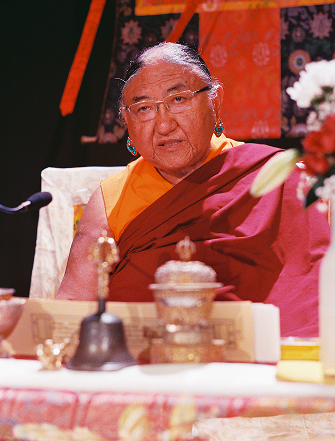
H.H. Ratna Vajra Rinpoche+-
He is the eldest son of the former Sakya Trizin and is considered one of the most qualified teachers of Tibetan Buddhism. He has received teachings and initiations from most of the great masters of Vajrayana Buddhism in the 20th century. He is known for his erudition and clarity in transmitting philosophy. Like his father, he tirelessly travels the world giving initiations and teachings. Since the age of twelve, His Holiness has undertaken various meditation retreats, including the Hevajra retreat.
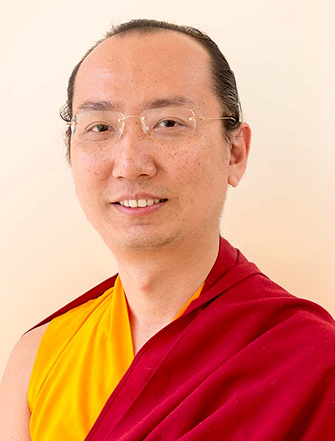
H.H. Gyana Vajra Rinpoche+-
He is the next master in the Sakya tradition’s lineage and is also Gongma Trichen Rinpoche’s son. He has received most of his initiations, oral transmissions, blessings, and essential instructions from H.H. Gongma Trichen Rinpoche, as well as both common and uncommon teachings from some of the most prominent masters of Tibetan Buddhism in our time. He trained at the Sakya Monastery and the Sakya University in India. For years, he has traveled the world imparting teachings and has also founded the Sakya Academy Project.

Asanga Vajra Rinpoche+-
Recognized as the reincarnation of Apang Tertön, he is a young master of the Sakya lineage of Tibetan Buddhism. The grandson of His Holiness Jigdal Dagchen Rinpoche, he received traditional training since childhood and is now becoming a key figure in the transmission of Buddhism in the 21st Century.

Dzongsar Khyentse Rinpoche+-
He was recognized by Gongma Trichen as one of the reincarnations of Khyentse Chökyi Lödrö. His root guru is Dilgo Khyentse Rinpoche, and he has received teachings and initiations from many great masters of Tibetan Buddhism. He established the Dzongsar Institute in Bir, as well as retreat centers and monasteries in Derge and Sikkim. He oversees two monasteries in Bhutan and has founded Dharma centers worldwide. He has written several books and directed award-winning films. Rinpoche continuously travels the world, practicing and teaching the Dharma.

Jigme Khyentse Rinpoche+-
He is the youngest son of Terton Kangyur Rinpoche. At an early age, he was recognized as an incarnation of Jamyang Khyentse Chökyi Lödrö by His Holiness Karmapa and Kyabje Dilgo Khyentse Rinpoche. He is the holder of the Atisha lineage and has mastered the Mahayana Lojong (mind training) teachings. He has profound knowledge of Vajrayana and demonstrates spiritual efficacy by maintaining his commitments at all levels. He is one of the guiding lights of the Padmakara Translation Group.
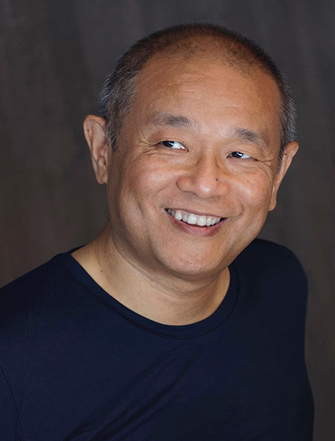
Resident
teacher
Lama Ngawang Norbu
He is the director, founder, and main teacher of Casa Virupa. After completing his studies, he dedicated himself exclusively to Dharma training, studying philosophy, meditation, and rituals of the Sakya school. H.H. Gongma Trichen Rinpoche authorized him to teach meditation and Buddhist philosophy courses. In February 2020, Gongma Trichen appointed him as a Lama of the Sakya school. He is known for his clarity and communication skills, his ability to capture the essence of the teachings and adapt them to a modern audience, as well as his sensitivity and empathy. He is also the director of the Meditation Course at Casa Virupa and the founder of the Laboratory of Contemplative Arts.

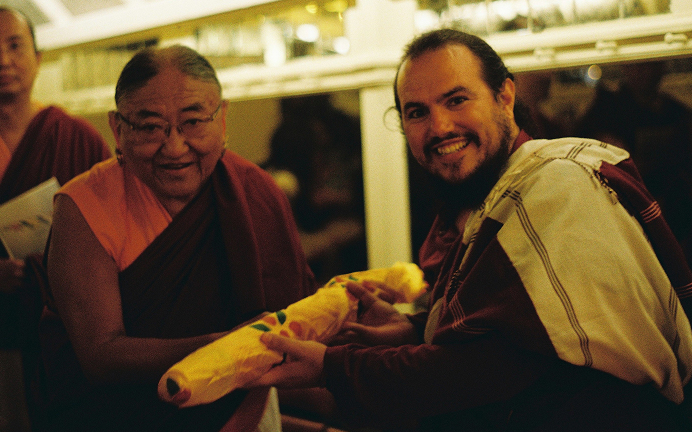
Community
One of the pillars of Casa Virupa is the community that resides here. The community is the breath of the project, and we strive to ensure that care, mutual respect, and the ethical principles of Mahayana Buddhism underpin our relationships.
Our way of life is governed by rules and schedules that allow us to cultivate mindfulness, an essential tool for personal development. At the same time, coexistence is an excellent way to learn to value what we have and who we are, and, above all, to recognize the needs of others.
Living in a community is an effective way to remind ourselves that any event or circumstance, no matter how simple it may seem, can be transformed into a self-discovery experience and an opportunity to care for others.
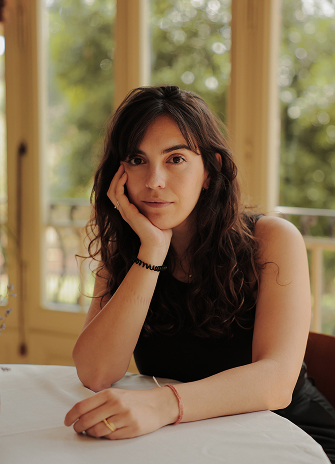
Glòria Cagigal
Cofounder of the community

Berta Saenz
Cofounder of the community

Laia Saenz
Member of the community since 2019

Cristina Canals
Member of the community since 2019

Pau Castany
Member of the community since 2020
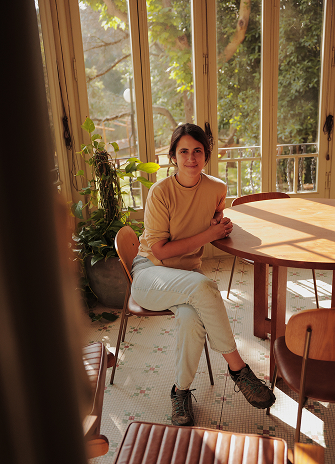
Elisa García-Patos
Member of the community since 2020
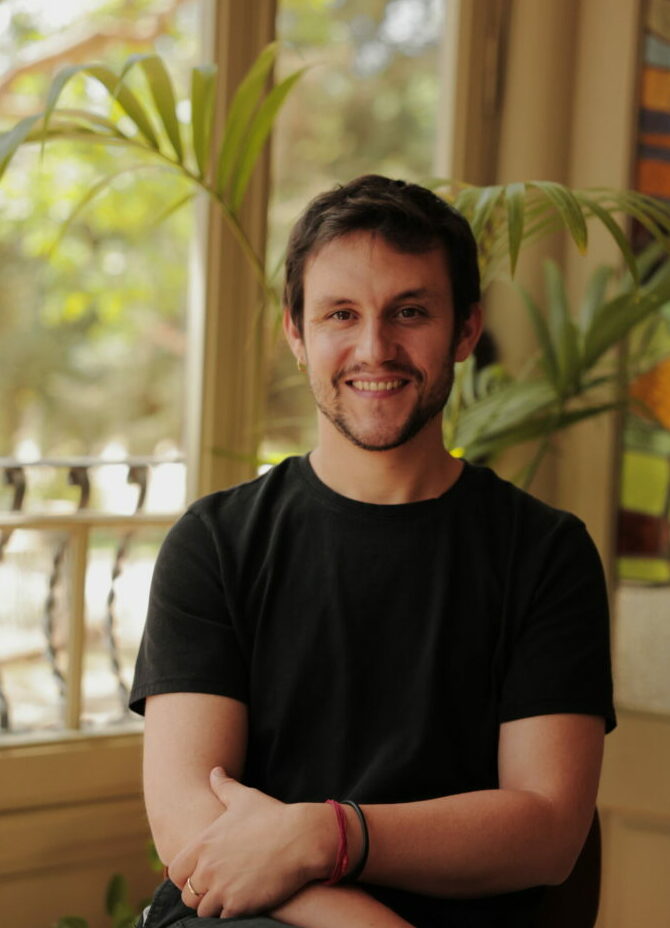
Oscar Lozano
Member of the community since 2021

Irene Anglada
Member of the community since 2023
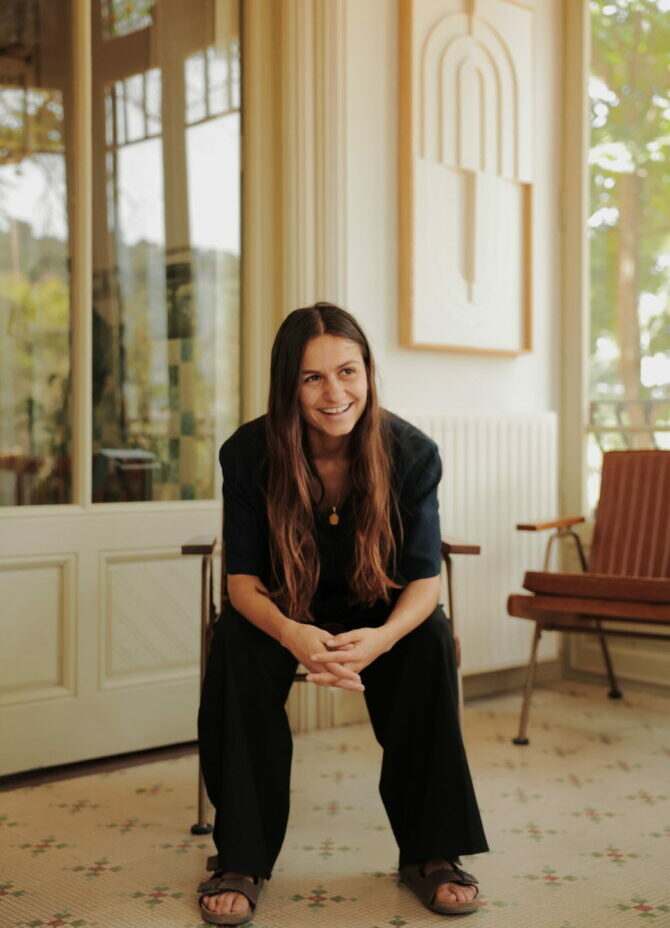
Andrea Bertran
Member of the community since 2024

Queralt Anglada
Member of the community since 2024
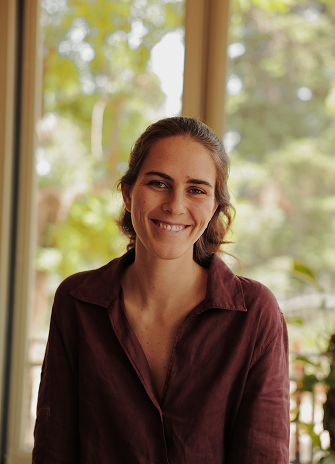
Clara Pujol
Applicant since 2024
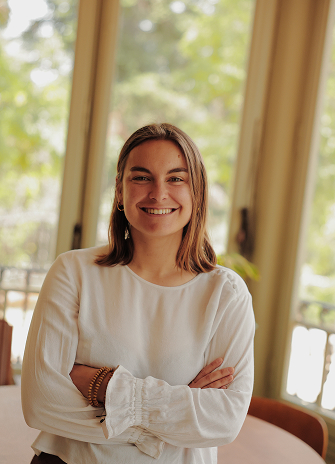
Paula Gramona
Applicant since 2024
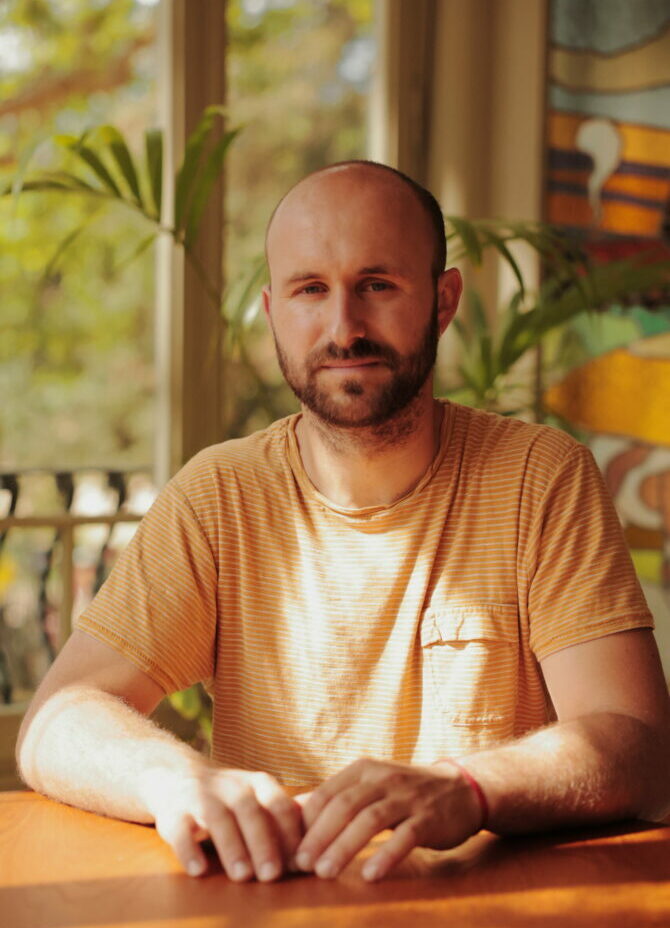
Miquel Caubet
Applicant since 2024
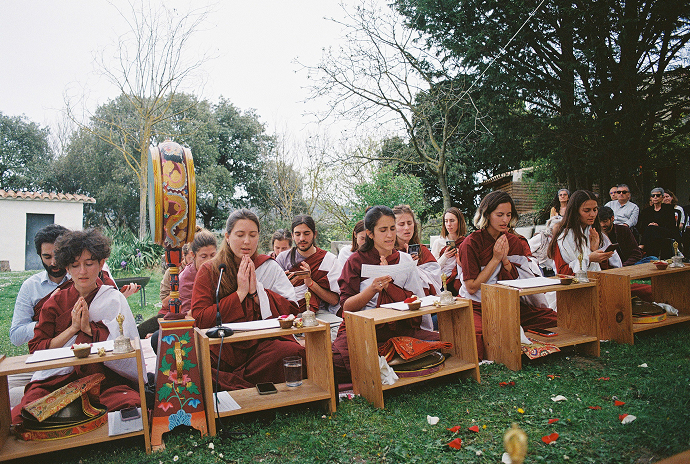
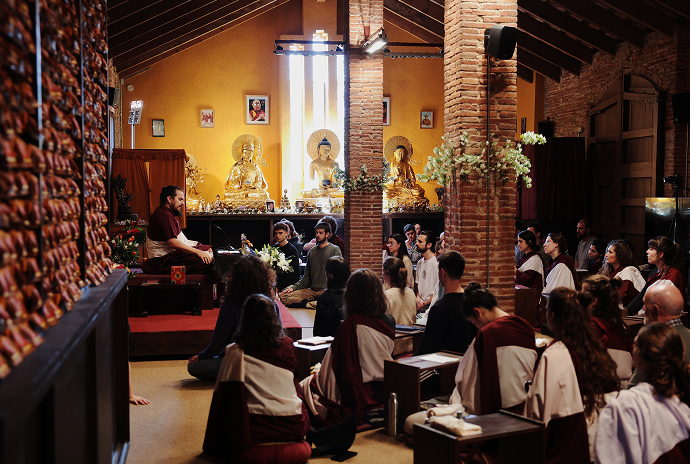
Laboratory of Contemplative Arts
In 2023, we established the Laboratory of Contemplative Arts (LAC), aiming to create a haven for creation and thought. We offer residencies that provide artists and thinkers with optimal spiritual, material, and emotional conditions. LAC also generates a variety of cultural and artistic initiatives, including concerts, talks, philosophical retreats, and interdisciplinary festivals. We believe art and culture are the perfect vehicles to cultivate a more open and compassionate mind. Want to learn more about our project? You can find additional information here.
